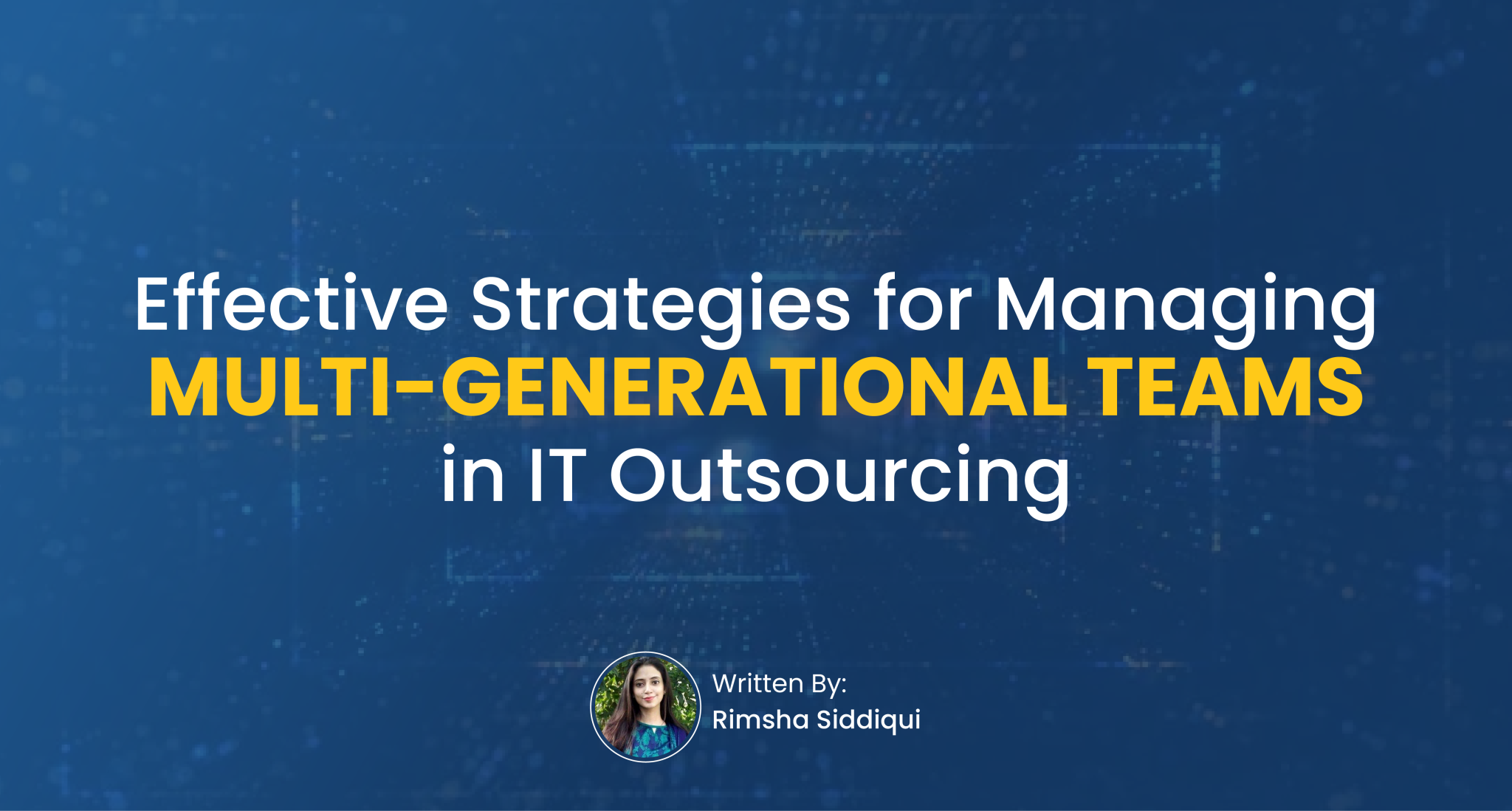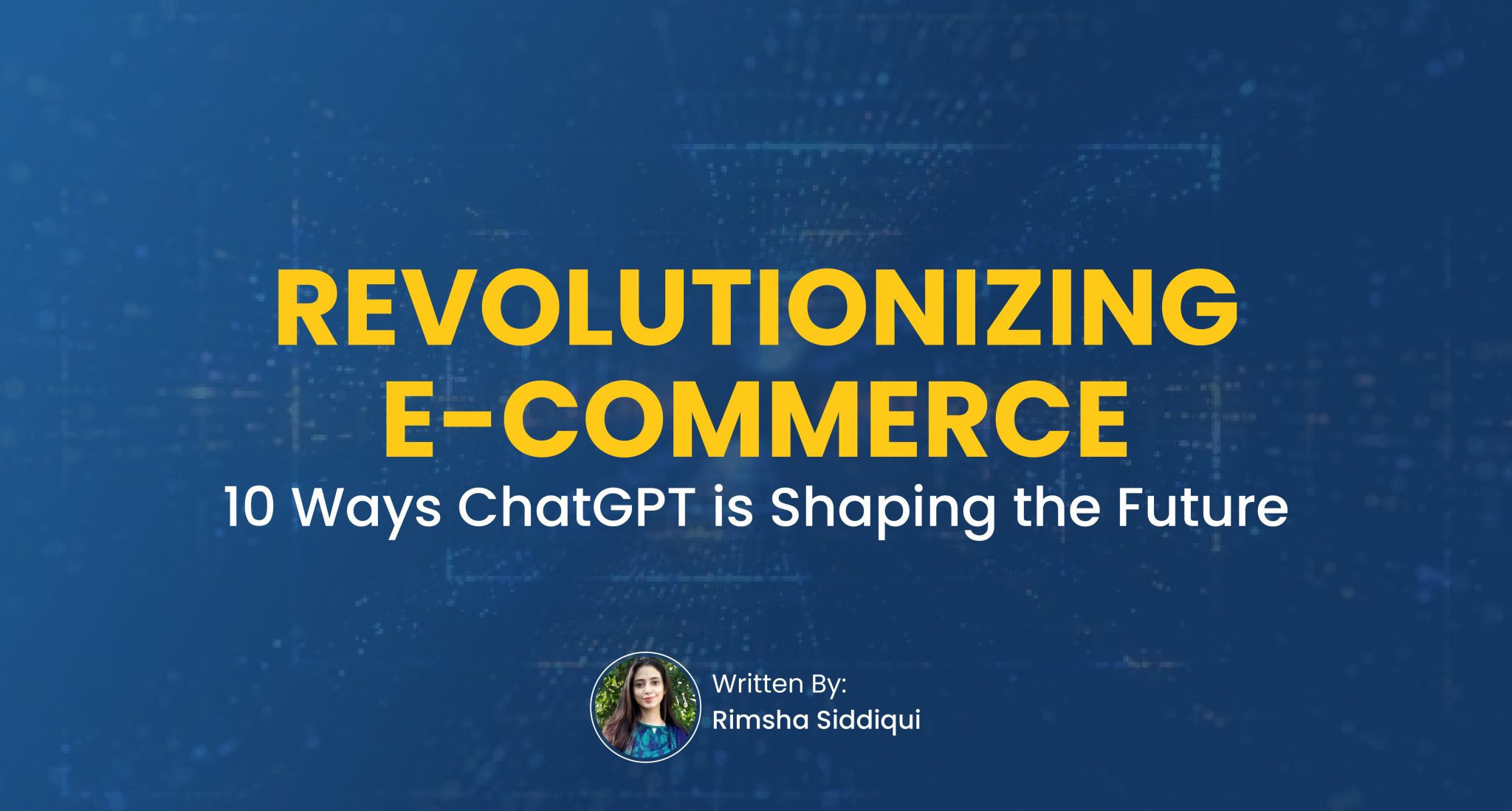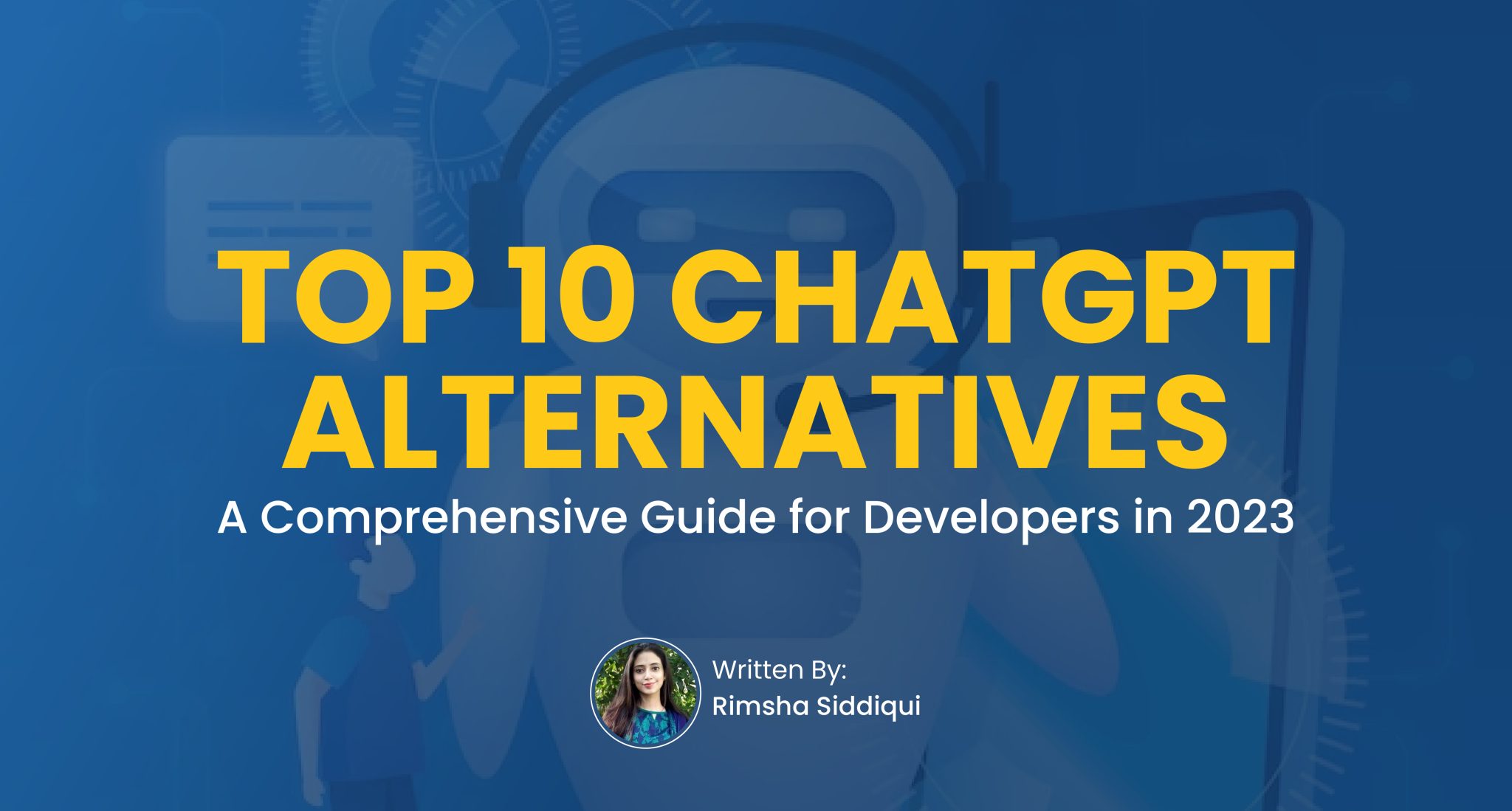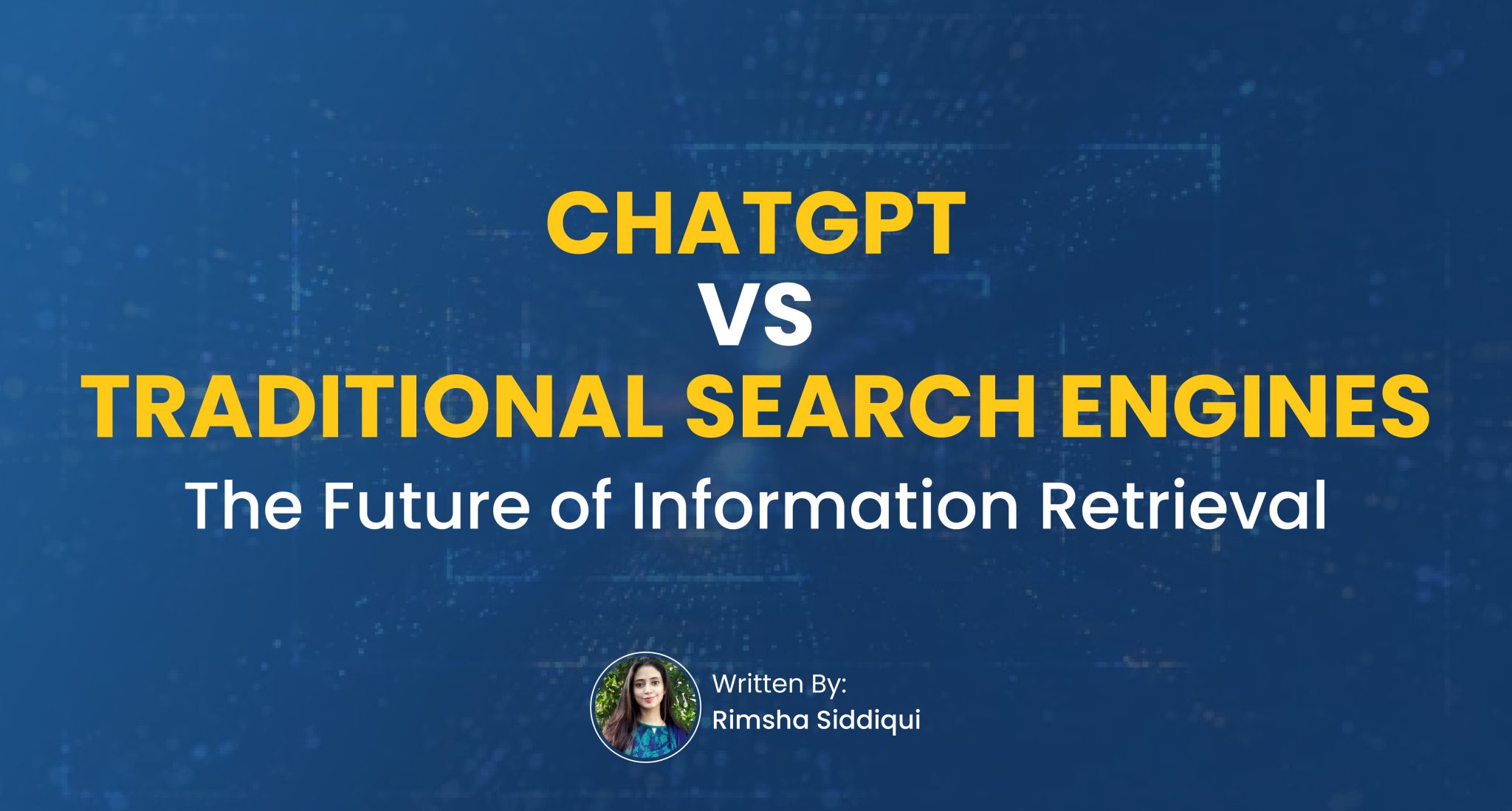In the ever-evolving landscape of IT outsourcing, the convergence of multiple generations within teams has become a prominent phenomenon. Baby Boomers, Generation X, Millennials, and Generation Z now collaborate, each with unique perspectives, skills, and expectations. Navigating the intricate web of generational diversity is essential for project success.
This blog delves into the intricacies of managing multi-generational IT outsourcing teams, unveiling effective strategies to bridge gaps, foster collaboration, and harness the collective strengths of these diverse cohorts.
Understanding Generational Diversity in IT Outsourcing
In the dynamic landscape of IT outsourcing, combining diverse generations within teams has introduced a new layer of complexity and potential. The coexistence of Baby Boomers, Generation X, Millennials, and Generation Z brings forth many perspectives, work styles, and expectations that necessitate a nuanced approach to management and collaboration.
1. Baby Boomers
Spanning the years between 1946 and 1964, Baby Boomers are recognized for their strong dedication to their professions. With an unwavering work ethic, they often prioritize stability and job security. Their years of experience translate to a wealth of industry knowledge, making them invaluable resources for problem-solving and decision-making.
However, their communication preferences, which tend to lean towards more traditional methods like face-to-face interactions and phone calls, can sometimes present challenges when collaborating with younger generations.
2. Generation X
Generation X, born between 1965 and 1980, embodies adaptability and resourcefulness. Having witnessed significant technological advancements and societal shifts, they value work-life balance and seek flexibility in their professional engagements. Independent and self-reliant, they prefer a hands-off management approach that allows them to take ownership of their tasks.
However, the interplay between their more analog upbringing and the digital demands of today’s workspace can occasionally lead to misinterpretations and misalignments within cross-generational teams.
3. Millennials
Born between 1981 and 1996, millennials have emerged as a tech-savvy and socially conscious generation. Driven by a desire for purpose and growth, they thrive in collaborative environments encouraging innovation. They’re highly receptive to new technologies and communication tools, making them adept at navigating the digital landscape.
Nevertheless, their quest for continuous learning and quick career progression can sometimes lead to impatience or friction with older counterparts who prioritize stability over rapid advancement.
4. Generation Z
Generation Z, encompassing those born after 1997, constitutes the first generation to grow up entirely in the digital age. With an innate familiarity with technology, they bring fresh perspectives and creative solutions to the table. Their fluidity in adopting new tools and approaches can energize team dynamics.
However, their limited exposure to the professional realm might require guidance in workplace etiquette, communication norms, and project management.
Navigate the complexities of multi-generational IT outsourcing teams with an inclusive approach. Leverage strengths, tackle challenges, and forge synergistic collaborations beyond generational boundaries.
Challenges in Managing Multi-Generational IT Outsourcing Teams
While the fusion of generations in IT outsourcing teams brings immense potential, it also presents various challenges that require adept management. Navigating these challenges is crucial to fostering a harmonious and productive work environment;
- Communication Disparities – Varied communication preferences, from face-to-face interactions to digital platforms, can lead to misunderstandings and hinder effective collaboration.
- Divergent Work Styles – Different generations have contrasting approaches to tasks, decision-making, and problem-solving, which might lead to clashes in project execution.
- Technology Proficiency Gap – Varying levels of technological competence among generations can impede the seamless integration of new tools and platforms.
- Work-Life Balance Expectations – Younger generations often prioritize flexible work arrangements and work-life balance, while older generations may lean towards more traditional structures.
- Resistance to Change – Older generations may resist adapting to new technologies and approaches, while younger generations might struggle with adjustments to established processes.
- Conflict Resolution Approaches – Discrepancies in how conflicts are addressed and resolved can arise due to generational differences in communication styles and conflict tolerance.
- Feedback and Recognition Preferences – Preferences for feedback frequency and recognition vary widely, with some valuing regular input and others favoring occasional, formal recognition.
- Career Advancement Speed – Generational variations in career progression expectations and timelines can lead to differing perceptions of fairness and favoritism.
Navigating these challenges requires a holistic understanding of generational attributes, effective communication strategies, and tailored management approaches that foster cohesion and harness the strengths of each generation.
Strategies for Effective Management
Successfully steering multi-generational IT outsourcing teams requires a strategic blend of understanding, adaptability, and inclusivity. The following strategies offer a roadmap for achieving harmonious collaboration and optimizing the collective potential of diverse generations;
1. Establishing Clear Communication Channels
Crafting an effective communication ecosystem involves acknowledging diverse preferences. Integrate a mix of communication tools, including digital platforms and face-to-face interactions, to ensure seamless information exchange. Encourage open dialogues that foster mutual respect and understanding, bridging the gap between generations and minimizing potential misinterpretations.
2. Flexibility in Work Styles and Expectations
Acknowledging the spectrum of work styles, from traditional to contemporary, is essential. Implement flexible work arrangements that accommodate varying preferences for remote work, flex hours, and task delegation. Focus on results and output rather than rigid hours, fostering an environment where generations can leverage their strengths while maintaining a work-life balance.
3. Knowledge Sharing and Skill Development
Capitalizing on the expertise of senior members while nurturing the growth of younger talents is pivotal. Establish mentorship programs that facilitate the transfer of experience and domain knowledge. Simultaneously, organize cross-generational skill workshops to encourage reciprocal learning, enabling each generation to benefit from the expertise of the other.
4. Bridging the Technology Gap
Addressing varying technology proficiency levels is crucial for seamless collaboration. Offer targeted training sessions to equip less tech-savvy team members with essential digital skills. Promote intergenerational learning by pairing tech-native individuals with those less familiar with technology, facilitating knowledge exchange and bridging the technology gap.
5. Recognizing and Leveraging Strengths
Harnessing the distinct strengths of each generation propels teams toward holistic success. Tap into older members’ experience and seasoned judgment when making critical decisions. Simultaneously, empower younger team members to introduce innovative solutions, marrying seasoned wisdom with fresh perspectives to drive innovation.
6. Inclusive Team-Building Activities
Promote unity through team-building initiatives that cater to diverse preferences. Craft activities that blend traditional and modern approaches, accommodating various generational interests. By fostering an inclusive environment where all generations can contribute comfortably, you nurture mutual respect and collaboration, fueling synergy within the team.
These strategies cultivate an environment where generational diversity catalyzes innovation, learning, and elevated team performance. Tailoring management approaches to the strengths and aspirations of each generation form the foundation of a harmonious and productive multi-generational IT outsourcing team.
Zeki Expert Solutions Case Studies – Real-World Examples
At Zeki Expert Solutions, our commitment to fostering a thriving workforce is exemplified through our comprehensive employee benefits package. Rooted in our dedication to personal and professional growth, our initiatives ensure holistic well-being for our diverse team;
- Flexible Work Arrangements – Acknowledging the diverse work styles and needs, we’ve instituted flexible work arrangements. This empowers each generation to balance their responsibilities while maintaining optimal productivity.
- Mentorship Programs – Our mentorship programs facilitate knowledge transfer by bridging the generational divide. This creates a fertile ground for cross-generational learning, where experiences and insights are shared to foster professional growth.
- Targeted Training Sessions – Embracing the rapid evolution of technology, we offer targeted training sessions. These empower older team members with up-to-date skills, ensuring they remain adaptable and competitive in an ever-changing digital landscape.
- Encouraging Reverse Mentoring – Championing innovation, our reverse mentoring approach flips the traditional model. Younger team members guide senior colleagues in navigating contemporary technologies, fostering a mutually beneficial exchange of expertise.
At Zeki Expert Solutions, we pride ourselves on creating an environment that transcends generational boundaries. We’re forging a path toward collective success by investing in our team’s growth, embracing technology, and promoting intergenerational collaboration.
Conclusion
In IT outsourcing, effectively managing multi-generational teams demands an agile approach that capitalizes on diverse attributes. By understanding generational differences, fostering open communication, and implementing tailored strategies, organizations can harness the collective strength of generations to drive innovation, enhance collaboration, and propel success in this evolving landscape.




